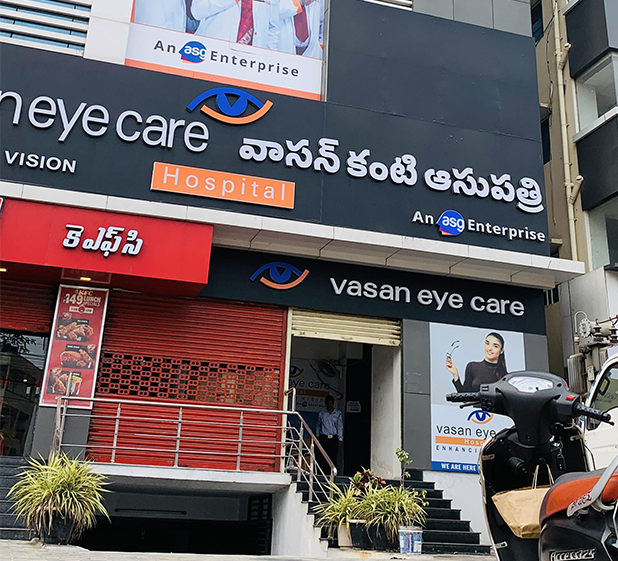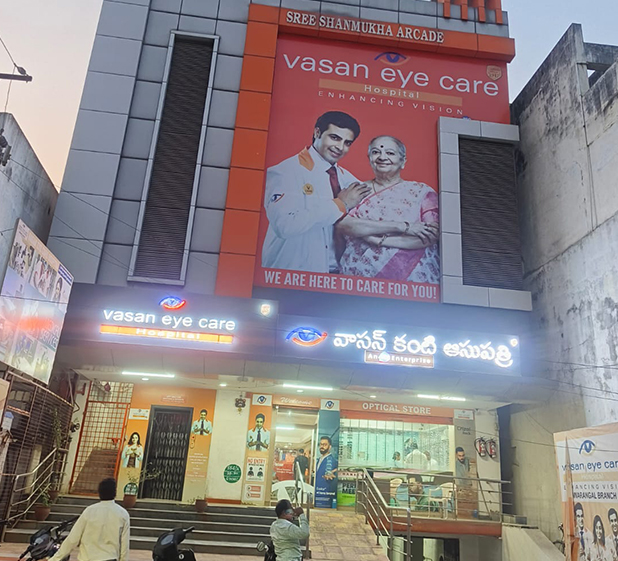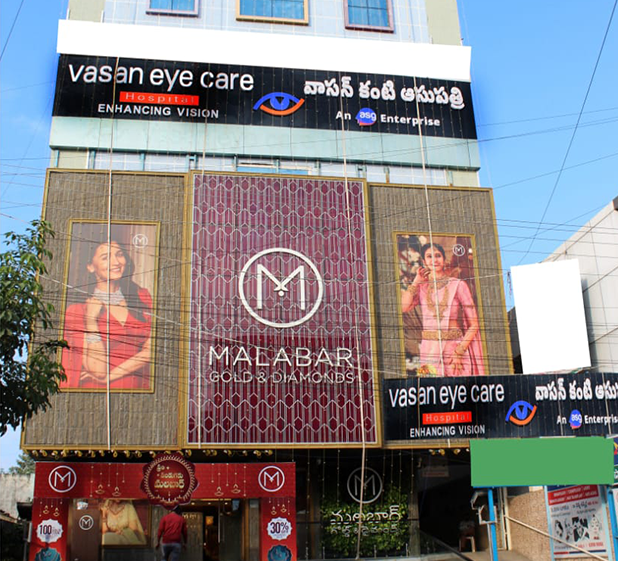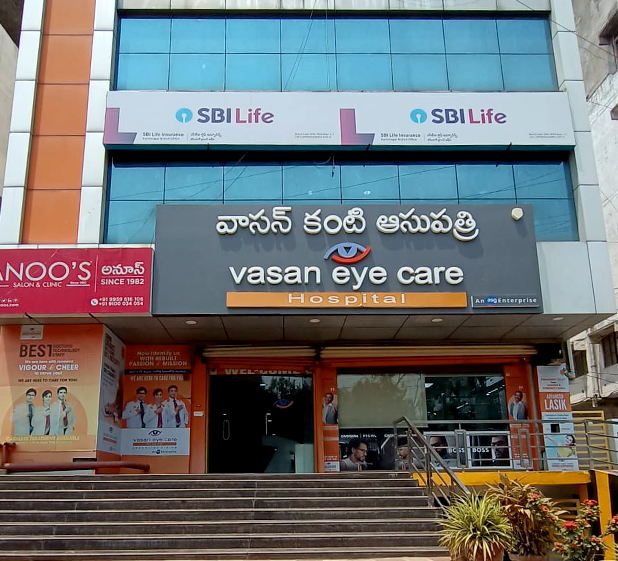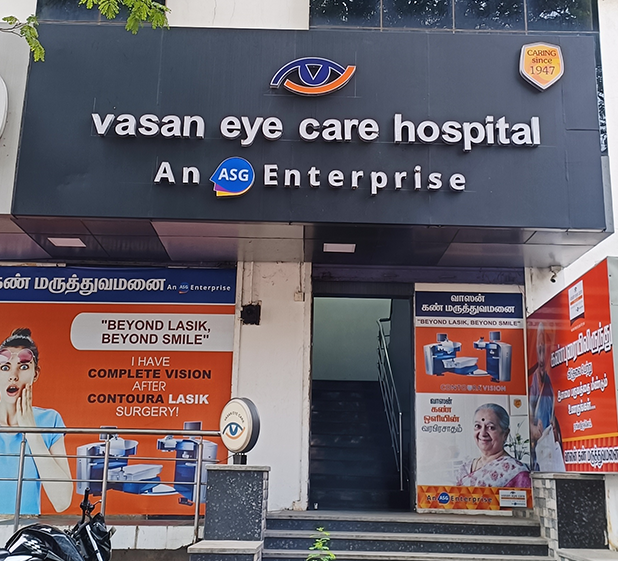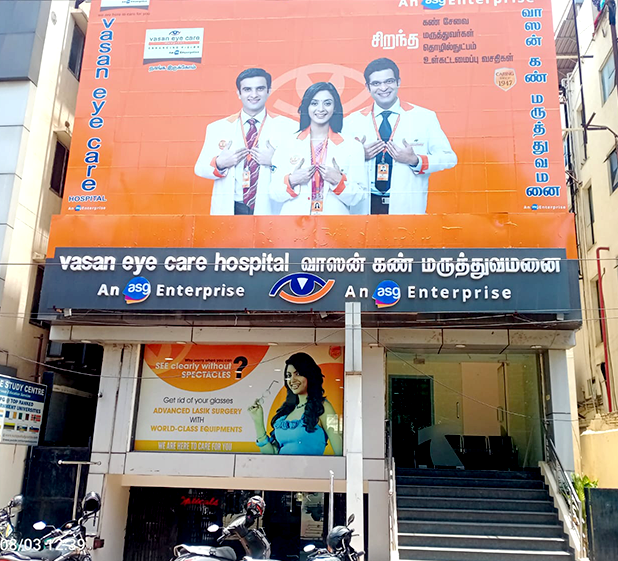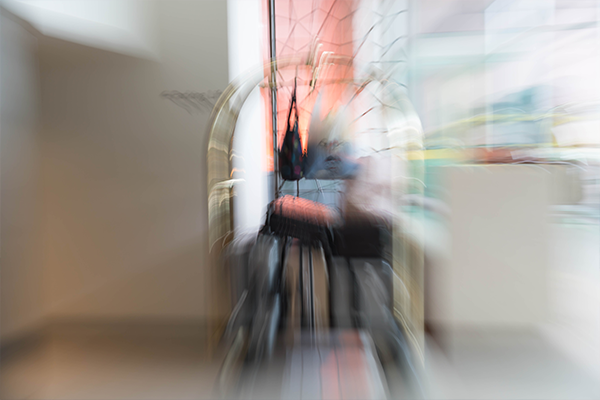
Macular Hole
What is a Macular Hole?
The macula is the centre of your retina, the thin layer at the back of your eye. A macular hole is when a circular opening forms in this macula. It causes the central vision to become blurry, wavy, or distorted, and as the hole enlarges, a dark spot develops in the centre of your vision.
Symptoms
Symptoms to look out for


Straight lines appearing curved or wavy
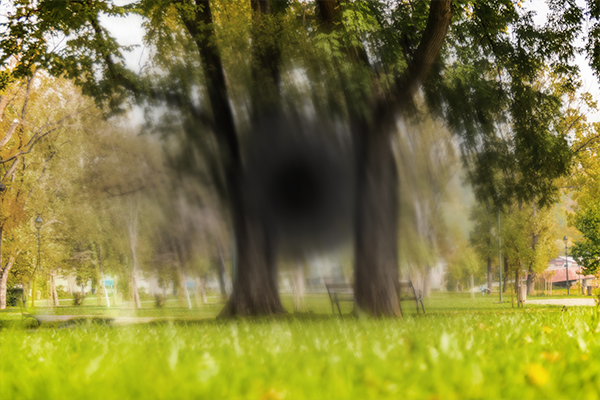
Dark spots in central vision
Risk Factors
Who is at risk of getting Macular Hole
Treatments Available
Here’s how our experts treat it
At Vasan, we treat the Macular Hole with surgery. The process is called Vitrectomy.
Vitrectomy
Vitrectomy is an advanced surgery done by our specialists to remove the gel-like substance called ‘vitreous humour’ from inside your eye. This helps them get better access to your retina.
FAQs
A vitrectomy surgery is commonly used for repairing a macular hole. The procedure has a high success rate.
The common causes of Macular Holes are increasing age, myopia, eye injury or trauma, ocular inflammation and long-standing macular oedema.
The 4 different stages are:
Stage 1: The stages include small foveal detachments with a partial-thickness defect
Stage 2: Small full-thickness holes
Stage 3: Larger full-thickness holes without vitreous separation
Stage 4: Larger full-thickness holes with vitreous separation
The surgery is divided into 2 stages:
In the 1st stage, performed under local anaesthesia, the surgeon removes the vitreous gel from the eye and carefully extracts tissues or membranes near the hole using medical instruments.
In the 2nd stage, a sterile gas bubble is injected, which helps in hole closure.
Post-surgery, follow instructions such as maintaining a face-down position for 6-8 hours daily for a week to ensure proper sealing of the hole, which can be achieved by lying down or sitting with the head resting on a table.
Within 7 to 10 days post-surgery, the gas bubble begins to shrink, allowing the eye’s natural fluid to fill the space, and your vision starts getting better. After 6 to 8 weeks, you can see well again.
Other Diseases
Know more about other Eye Diseases
Squint
Squint is a disorder in which the eyes don't look in exactly the same direction at the same time. It is also known as ‘Strabismus’ or ‘Cross eyed’.

